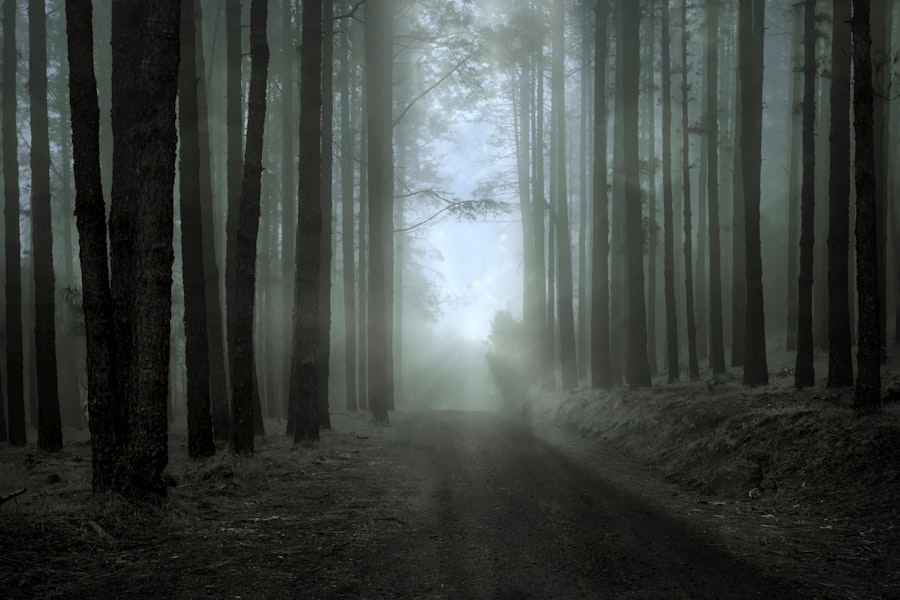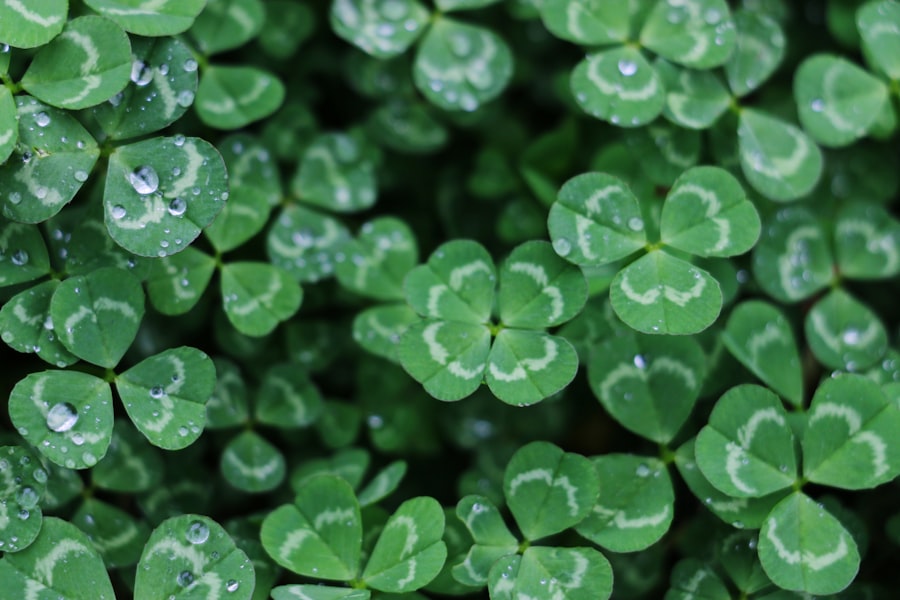Dragons have captivated human imagination for millennia, appearing in the mythologies of various cultures around the world. The earliest known references to dragon-like creatures can be traced back to ancient Mesopotamia, where the Sumerians depicted a serpent-like being known as Tiamat, who personified chaos and was often associated with the primordial ocean. This creature was not merely a monster; it represented the duality of creation and destruction, embodying the forces of nature that were both feared and revered.
Similarly, in ancient Egypt, the dragon-like figure of Apep, a giant serpent, symbolized chaos and was seen as the enemy of the sun god Ra. These early representations laid the groundwork for the complex and multifaceted nature of dragons in subsequent mythologies. As civilizations evolved, so too did the concept of dragons.
In Chinese mythology, dragons are revered as benevolent creatures associated with water, rain, and agriculture. They are often depicted as wise and powerful beings that bring prosperity and good fortune. The Chinese dragon, or “long,” is a symbol of strength and is deeply embedded in cultural practices, such as the Dragon Boat Festival and various forms of traditional art.
In contrast, European dragons emerged as fearsome beasts, often depicted as fire-breathing monsters that hoarded treasure and terrorized villages. This dichotomy between Eastern and Western dragons reflects broader cultural values: while Eastern dragons are often seen as protectors and symbols of harmony, Western dragons are frequently portrayed as embodiments of evil that must be vanquished by heroes. This rich tapestry of dragon mythology illustrates how these creatures have been woven into the fabric of human storytelling across different cultures and epochs.
Key Takeaways
- Dragons have been a part of mythology for centuries, appearing in various cultures around the world as powerful and often fearsome creatures.
- In literature and folklore, dragons have been depicted as both villains and heroes, representing different aspects of human nature and society.
- Dragons have become iconic figures in film and television, appearing in a wide range of genres from fantasy to science fiction.
- Video games have embraced dragons as popular characters, often featuring them as formidable foes or powerful allies in virtual worlds.
- Dragons have been a popular subject in art and symbolism, representing strength, wisdom, and often serving as a symbol of protection in various cultures.
Dragons in Literature and Folklore
The literary portrayal of dragons has evolved significantly over time, reflecting societal values and fears. In ancient texts such as the Epic of Gilgamesh, dragons are depicted as formidable adversaries that heroes must confront to achieve greatness. The dragon Humbaba, for instance, serves as a guardian of the Cedar Forest, representing both a physical challenge and a moral test for Gilgamesh and his companion Enkidu.
Similarly, in the Bible, the Leviathan is described as a monstrous sea creature that embodies chaos and defiance against divine order. These early literary representations often cast dragons as antagonists, symbolizing the struggle between civilization and the untamed forces of nature. As literature progressed into the Middle Ages, dragons became central figures in chivalric tales and folklore.
The legend of Saint George and the Dragon epitomizes this shift; here, the dragon represents not only a physical threat but also a metaphor for sin and moral corruption that must be overcome by virtue and bravery. In this context, dragons serve as catalysts for character development, pushing protagonists to confront their fears and grow in strength. The dragon’s role in literature has continued to evolve into modern times, with authors like J.R.R.
Tolkien and C.S. Lewis reimagining these creatures in fantastical settings. In Tolkien’s “The Hobbit,” Smaug is not just a dragon but a complex character whose greed and cunning drive the narrative forward.
This evolution highlights how dragons have transcended their roles as mere monsters to become symbols of deeper themes such as greed, power, and redemption.
Dragons in Film and Television

The portrayal of dragons in film and television has undergone a remarkable transformation since the early days of cinema. Classic films like “The Seven Voyages of Sinbad” featured stop-motion animation to bring dragons to life, captivating audiences with their fantastical designs and thrilling battles. However, it was not until the advent of computer-generated imagery (CGI) that filmmakers could fully realize the potential of these mythical creatures on screen.
Movies such as “How to Train Your Dragon” have redefined the dragon archetype, presenting them as intelligent beings capable of forming deep bonds with humans. This shift reflects a growing trend in storytelling that emphasizes empathy and understanding over conflict. Television series have also embraced dragons as central characters, most notably in HBO’s “Game of Thrones.” The show’s depiction of Daenerys Targaryen’s dragons—Drogon, Rhaegal, and Viserion—serves not only as a visual spectacle but also as a narrative device that underscores themes of power, loyalty, and destruction.
The dragons are integral to Daenerys’s journey from exile to queen, symbolizing her connection to her ancestral heritage while also representing the potential for devastation when power is misused. This duality adds layers to their portrayal, making them more than just fearsome beasts; they become embodiments of ambition and consequence. As technology continues to advance, it is likely that dragons will remain a staple in visual storytelling, evolving alongside societal values and audience expectations.
Dragons in Video Games
| Game Title | Number of Dragons | Dragon Types | Dragon Abilities |
|---|---|---|---|
| Skyrim | Multiple | Frost, Fire, Elder | Breath attacks, flight |
| Spyro the Dragon | Various | Fire, Ice, Electric | Fire breath, charging |
| Dragon Age: Inquisition | Several | High dragon, wyvern | Elemental attacks, flight |
In the realm of video games, dragons have established themselves as iconic figures that players encounter across various genres. From role-playing games (RPGs) like “The Elder Scrolls V: Skyrim” to action-adventure titles such as “Dark Souls,” dragons serve as formidable foes or powerful allies that enrich gameplay experiences. In “Skyrim,” players can engage in epic battles against ancient dragons that soar through the skies, utilizing both strategy and skill to emerge victorious.
The game’s open-world design allows players to explore vast landscapes filled with lore about these majestic creatures, enhancing immersion and engagement. Moreover, dragons often symbolize progression within video games; defeating a dragon can signify a major milestone or achievement for players. Titles like “Dungeons & Dragons” have long incorporated dragons into their narratives as both adversaries and allies, allowing players to craft their own stories within fantastical worlds.
The versatility of dragons in gaming extends beyond combat; they can also serve as mentors or quest-givers, guiding players on their journeys. This multifaceted representation highlights how dragons have become integral to game design, offering players not only challenges but also opportunities for exploration and storytelling.
Dragons in Art and Symbolism
Throughout history, dragons have been depicted in various forms of art, serving as powerful symbols that convey complex meanings across cultures. In Eastern art, dragons are often portrayed in intricate designs that emphasize their connection to water and fertility. Chinese paintings frequently depict dragons amidst clouds or waves, symbolizing their role as rain-bringers essential for agricultural prosperity.
These artistic representations reflect cultural reverence for dragons as auspicious beings that embody harmony between humanity and nature. In Western art, however, dragons have often been depicted in more sinister contexts. Medieval manuscripts frequently illustrate dragons being slain by knights or saints, symbolizing the triumph of good over evil.
This imagery serves not only as a reflection of religious beliefs but also as an allegory for personal struggles against inner demons or societal challenges. The duality of dragon symbolism—representing both chaos and order—has allowed artists to explore themes of power, fear, and redemption throughout history. As contemporary artists continue to draw inspiration from these mythical creatures, dragons remain relevant symbols that resonate with modern audiences.
Dragons in Fashion and Design

The influence of dragons extends beyond literature and art into the realms of fashion and design. Designers have long drawn inspiration from the majestic forms and vibrant colors associated with these mythical creatures. In traditional Asian fashion, dragon motifs are often incorporated into garments such as silk robes or embroidered fabrics, symbolizing power and nobility.
These designs not only celebrate cultural heritage but also serve as statements of identity for those who wear them. In Western fashion, dragon imagery has found its way into contemporary streetwear and high fashion alike. Designers like Alexander McQueen have utilized dragon motifs to evoke a sense of fantasy and drama in their collections.
Accessories such as jewelry featuring dragon designs or prints on clothing reflect a fascination with these mythical beings that transcends cultural boundaries. As fashion continues to evolve, dragon-inspired elements remain popular choices for those seeking to express individuality while embracing the allure of these legendary creatures.
Dragon-inspired Products and Merchandise
The commercial appeal of dragons has led to an explosion of dragon-inspired products across various markets. From toys and collectibles to home decor items, these mythical creatures have become ubiquitous symbols in consumer culture. Action figures based on popular franchises like “Game of Thrones” or “How to Train Your Dragon” allow fans to bring their favorite characters into their homes while fostering a sense of connection to beloved stories.
Additionally, merchandise featuring dragon designs can be found in everyday items such as clothing, stationery, and kitchenware. This proliferation reflects not only a fascination with dragons but also their ability to evoke nostalgia for fantasy worlds that resonate with people of all ages. As brands continue to capitalize on this enduring interest, dragon-themed products serve as reminders of our collective love for storytelling and imagination.
The Influence of Dragons on Pop Culture and Entertainment
Dragons have left an indelible mark on pop culture and entertainment, shaping narratives across various mediums while captivating audiences worldwide. Their presence in blockbuster films, bestselling novels, and popular video games has solidified their status as cultural icons that transcend generations. The resurgence of interest in fantasy genres has further amplified this influence; franchises like “Harry Potter” and “The Lord of the Rings” have introduced new audiences to the allure of dragons while reinforcing their significance within fantastical worlds.
Moreover, conventions celebrating fantasy culture often feature panels dedicated to discussions about dragons in media—highlighting their role in shaping narratives and character arcs within beloved stories. As creators continue to explore new ways to depict these mythical beings, it is clear that dragons will remain integral to our collective imagination for years to come. Their ability to embody both fearsome power and profound wisdom ensures that they will continue to inspire awe and wonder across all forms of entertainment.
FAQs
What are dragons?
Dragons are legendary creatures that appear in the folklore of many cultures around the world. They are typically depicted as large, reptilian creatures with wings and the ability to breathe fire.
Where do dragons appear in mythology?
Dragons appear in the mythology of many different cultures, including Chinese, European, and Middle Eastern. They are often associated with power, wisdom, and protection.
What are the different types of dragons?
There are many different types of dragons in mythology, each with its own unique characteristics. Some common types include the Chinese dragon, the European dragon, and the wyvern.
What is the significance of dragons in different cultures?
In many cultures, dragons are seen as symbols of strength, protection, and good fortune. They are often associated with the elements of water and air, and are sometimes revered as divine beings.
Do dragons really exist?
Dragons are purely mythical creatures and do not exist in the real world. They are a product of folklore, mythology, and imagination.











